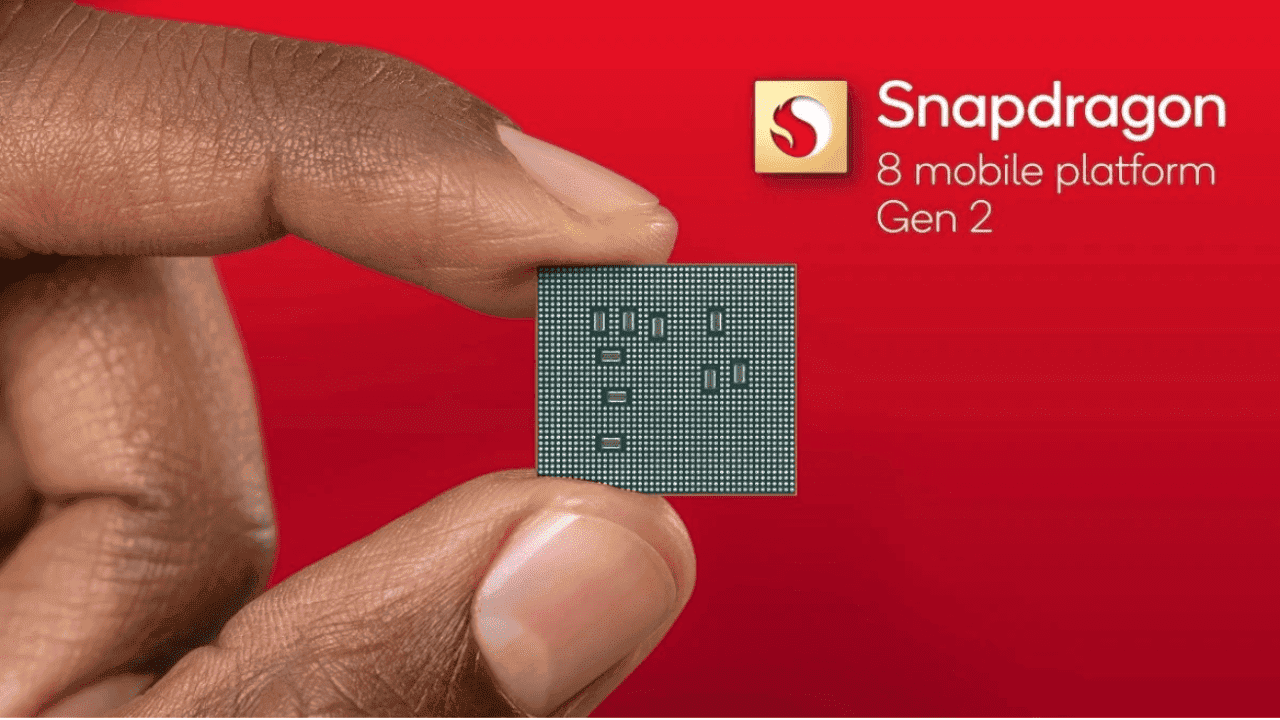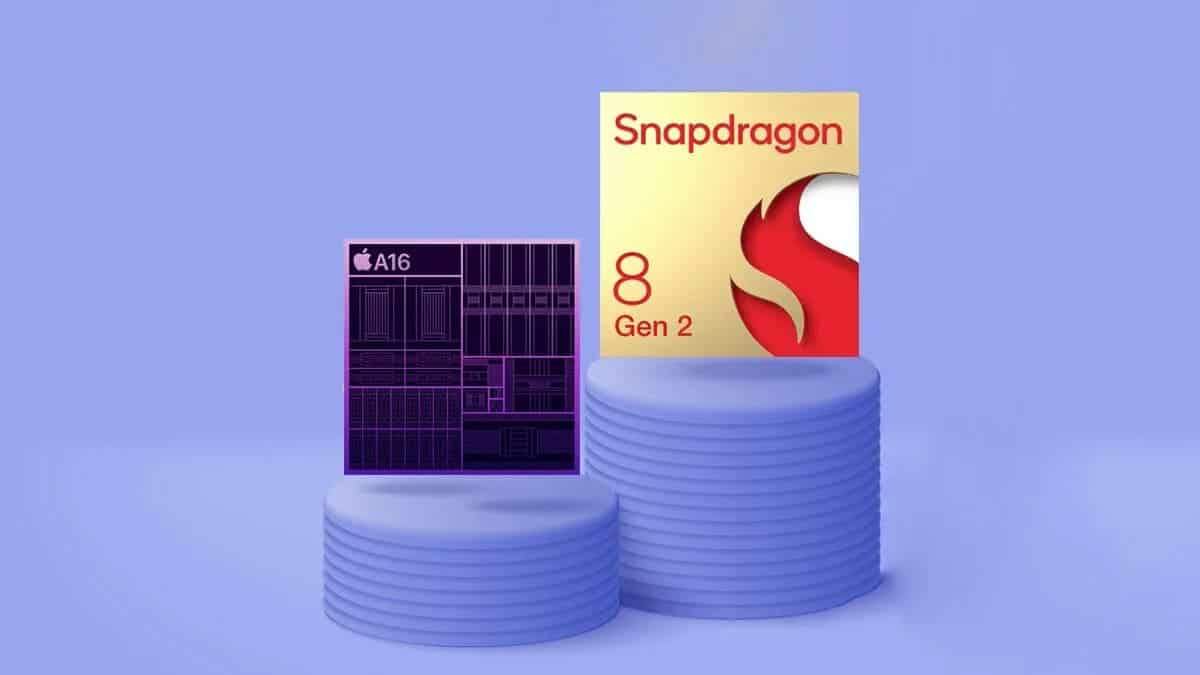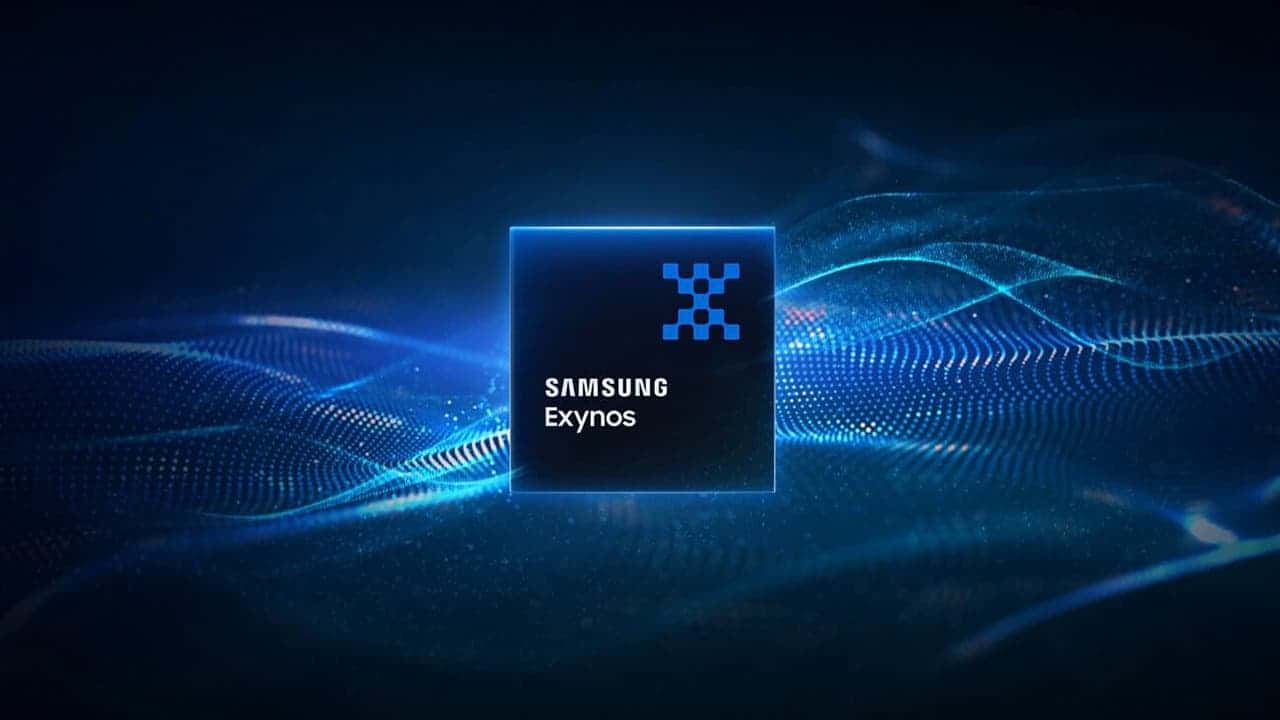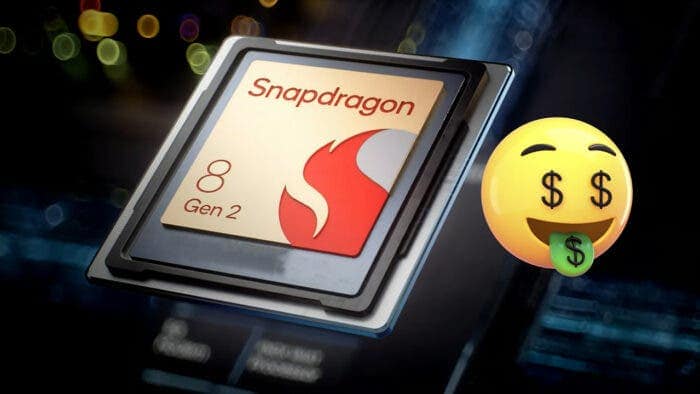In case you didn’t know, the Qualcomm Snapdragon 8 Gen 2 and Apple A16 Bionic are mass-produced under the same process. They both are products of TSMC’s N4 node. Considering that, it would be safe to assume that both the chipsets cost the same to produce. And that would mean they cost the same to purchase, right?
Not really! To acquire Qualcomm’s Snapdragon 8 Gen 2, manufacturers had to spend more than what it cost Apple to produce A16 Bionic. In other words, Qualcomm put a much higher value on its chipset than it actually is. And the bad news is that the same thing will happen with the upcoming Snapdragon 8 Gen 3.
It Costs $160 For Manufactures To Get One Unit of Snapdragon 8 Gen 2
Derrick (@lasterd80) did some digging into the market. If you don’t know who Derrick is, he is a reliable source to get inside information on the tech industry. According to his findings, Qualcomm has priced the Snapdragon 8 Gen 2 reasonably higher than the manufacturing cost.

To be exact, manufacturers have to pay $160 for one unit of Snapdragon 8 Gen 2. Now, if you consider a fairly affordable phone with this chipset, you will be looking to spend anywhere around $700. For example, the Nubia Red Magic 8 Pro has a starting price of $649 (source).
So, to get the Snapdragon 8 Gen 2, Nubia had to spend around 25% of the device’s retail price. And 25% is not a small percentage for a single component. No wonder flagship smartphones took a leap in pricing from last year. After all, if one core part is $160, manufacturers can’t get meaningful margins without raising the MSRPs.
How Does Apple A16 Bionic Compare
If you are wondering, Apple A16 Bionic costs $110 apiece. And the interesting part is that, compared to A15 Bionic, Apple needed to spend 2x the money to manufacture the A16 Bionic. Even with seeing higher manufacturing costs, Apple kept the prices of chipsets lower than Snapdragon 8 Gen 2.
To be exact, it’s $50 cheaper. But the performance comparison between Apple A16 and Snapdragon 8 Gen 2 does not justify the increased pricing strategy of Qualcomm.

However, you can not forget that Apple manufactures its chipset for its own devices. That is, Apple does not sell them to other device manufacturers. So, Apple does not need to worry about making profits out of its chipsets. Instead, the Cupertino giant makes a profit by selling its devices.
On the other hand, Qualcomm needs to make a profit from its Snapdragon 8 Gen 2. Unlike Apple, Qualcomm does not have a commercial phone lineup to sell. So, whatever money Qualcomm gets, it gets from selling the chipsets. But still, I think forcing manufacturers to pay $160 is pretty steep.
What About the Upcoming Snapdragon 8 Gen 3
Looking at the Snapdragon 8 Gen 2 prices, Qualcomm will possibly stick with the same strategy for the Snapdragon 8 Gen 3. Moreover, Qualcomm has shifted to a more advanced N4P process to manufacture the 8 Gen 3. That will inevitably increase the manufacturing cost.

So, the chances of seeing budget-friendly flagships in 2023 are extremely low. And after this analysis, it makes a lot of sense why Samsung is planning to use Exynos for some of the Galaxy S24 devices. But considering how good Qualcomm’s reputation is, I feel like consumers will still prefer Snapdragon 8 Gen 3 over Exynos 2400.
But if Samsung does manage to deliver, Qualcomm might finally change its pricing strategy and start selling its chipsets at much more reasonable prices. Also, MediaTek could change the tides with its Dimensity 9300.





